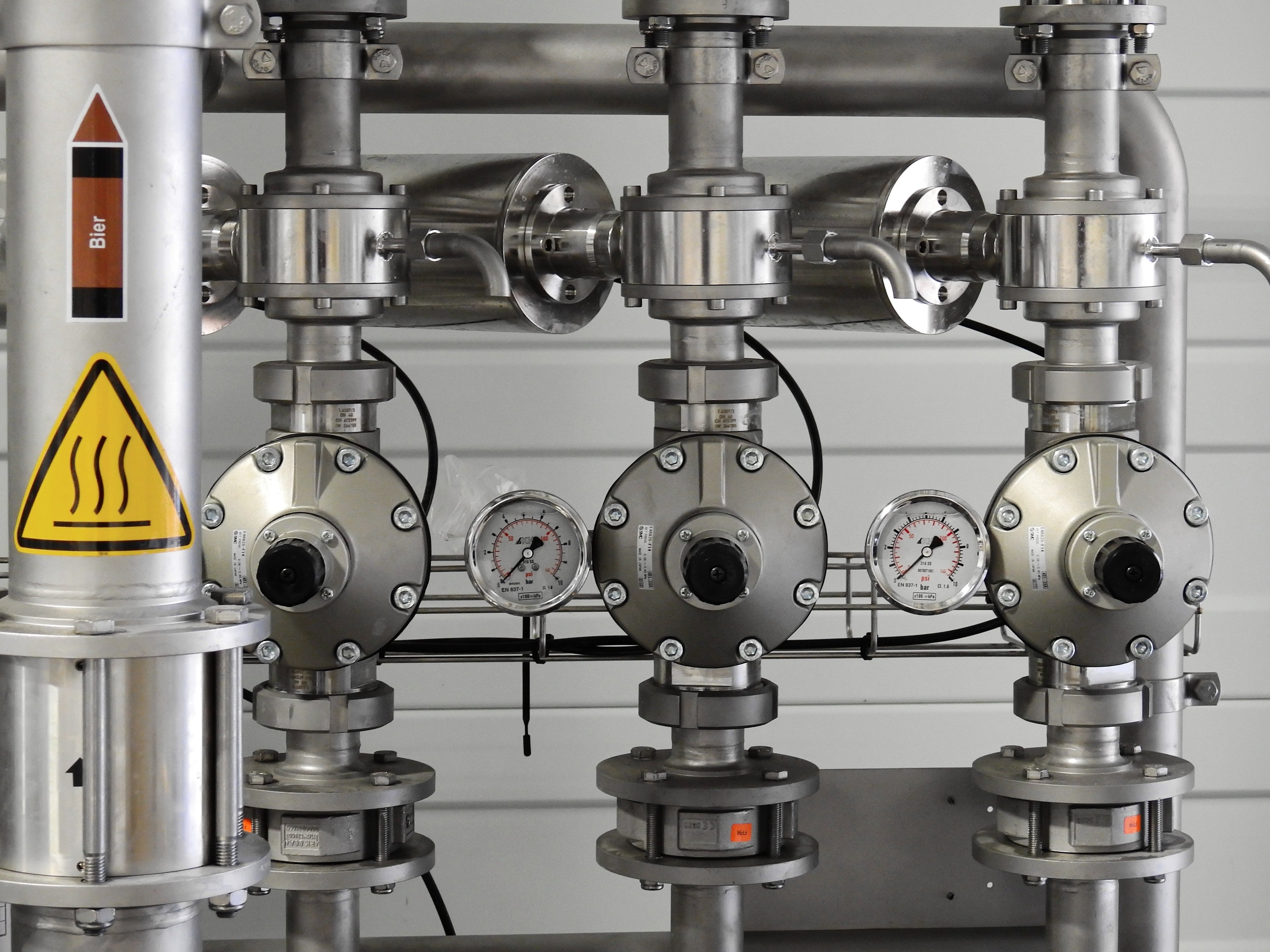Septic tank risers are often ignored by homeowners when it is time to take care of septic systems. These basic, yet essential parts permit easy access to the septic tanks, which allows routine inspections, maintenance, and pumping much simpler. Installing risers for your septic tanks can eliminate the necessity of digging into the ground each time you require the service. This will not only save you time and effort but will also lessen the disruption to your landscaping. The risers of tank septic reduce the chance of injury or accidents while maintaining, since they offer a safe entrance into the tank.

A healthy septic tank is maintained by managing the effluent. Effluent refers to the liquid waste that flows out of the septic tank and into the drain field to be treated. It’s composed of water, bacteria and organic matter. The solid particles could build up at the bottom and cause a layer of sludge. If it is not removed quickly, could grow and create a clog in the system. It may also harm the drainage field. Regular pumping and control of effluent ensures that the tanks run efficiently, eliminating blockages and extending their lifespan.
Septic systems work properly when they drain properly. As wastewater exits your home and is absorbed into septic tanks, it will go through a natural process of separation. Solid waste settles at bottom while oil and lighter materials rise to the top, forming an scum layer. The effluent (the liquid that remains in the tank) exits and flows to the drain field, where it will be filtered and absorbed by the soil. A properly designed drainage system will allow effluent to flow smoothly, preventing floods and back-ups. It is crucial to ensure that the drainage pipes are free from debris, roots and other obstructions that can hinder the flow of effluent. Regularly scheduled inspections and regular maintenance of the drainage system help prevent costly repairs and avoid any environmental pollution.
The septic system you choose for your house can have a an effect on the functionality and sanitation of your home. With numerous options available in the market, you need to consider several factors before making a choice. The size of the tank should be determined by the water consumption of your residence as well as the number of people living in the house. If you have a huge household or often entertain guests, a bigger tank is needed. Consider the material for the tank. Common options include concrete, fiberglass and plastic. Each material offers its own pros and disadvantages with regard to longevity, cost, as well as maintenance. In addition, you should check the rules and specifications set by your local authorities for the installation of septic tanks. It is essential to select a tank that meets the requirements and conforms to any guidelines specific to it. For more information, click Risers
Also, speak with a qualified septic system installation professional who will evaluate your property’s needs and provide you with expert recommendations in light of the soil conditions and topography. By taking note of these factors in your decision-making process, you will be able to choose the right septic tank that best suits your home’s requirements and will provide a safe and effective wastewater management system.
A reliable and healthy system is dependent on the proper upkeep and operation of septic systems, in addition to efficient effluent management riser installations, proper drainage. Septic tanks function as a primary treatment system for the wastewater generated by households, while monitoring of effluents ensures that treated liquid waste is eliminated in a safe manner. The septic tank is accessed easily and safely with the aid of an septic tank riser. A properly-drained system allows for a smooth flow of effluent as well as preventing malfunctions of the system. The importance of these elements and the need to follow regular maintenance programs will ensure that septic systems are durable, efficient, and durable. This creates a healthier and safe living environment.